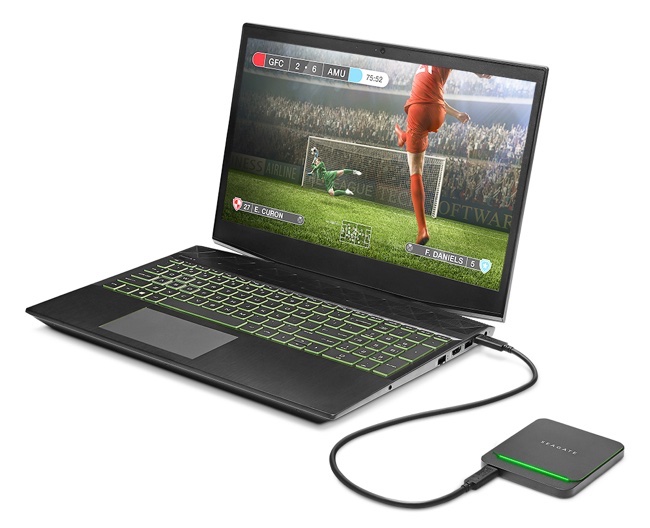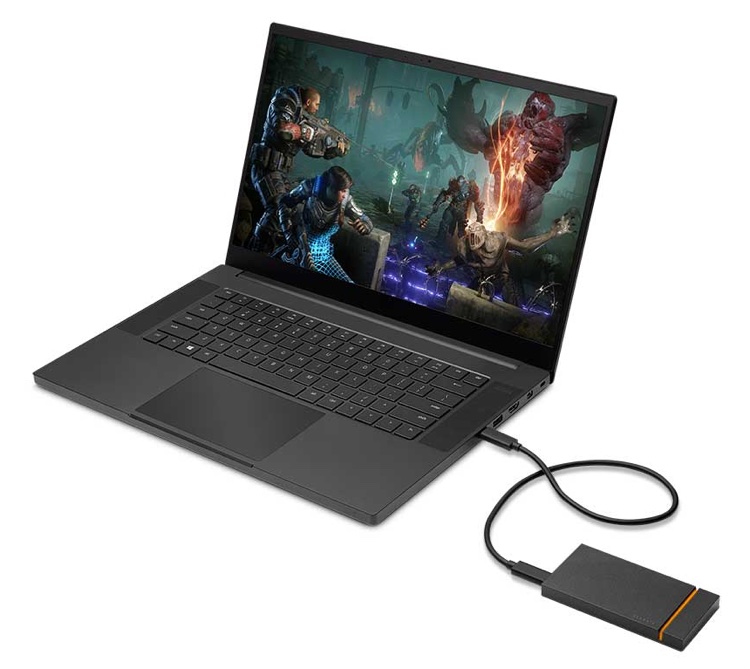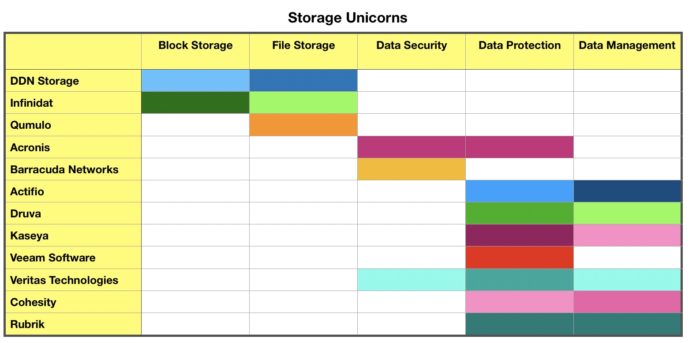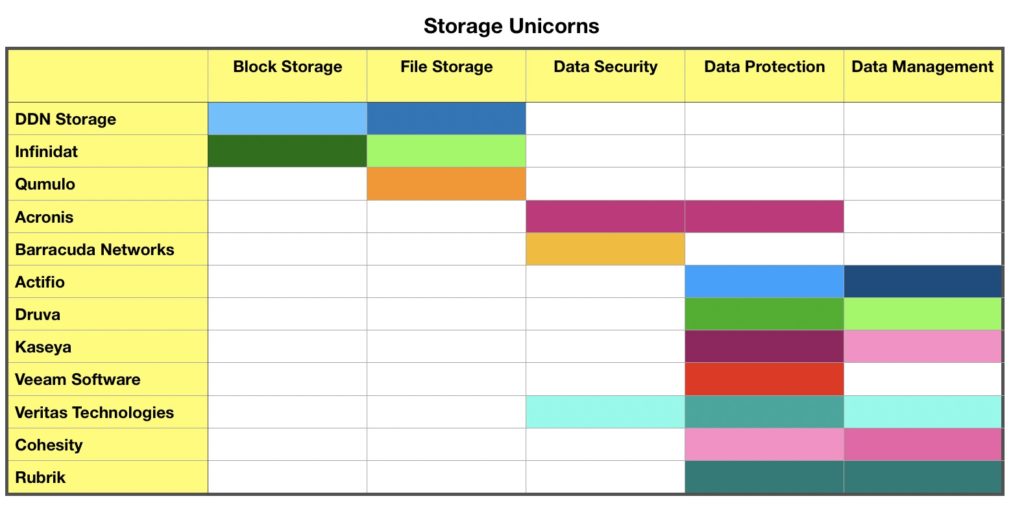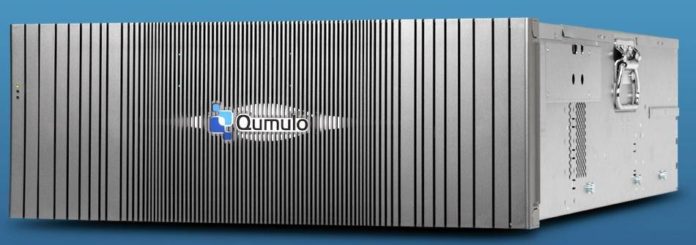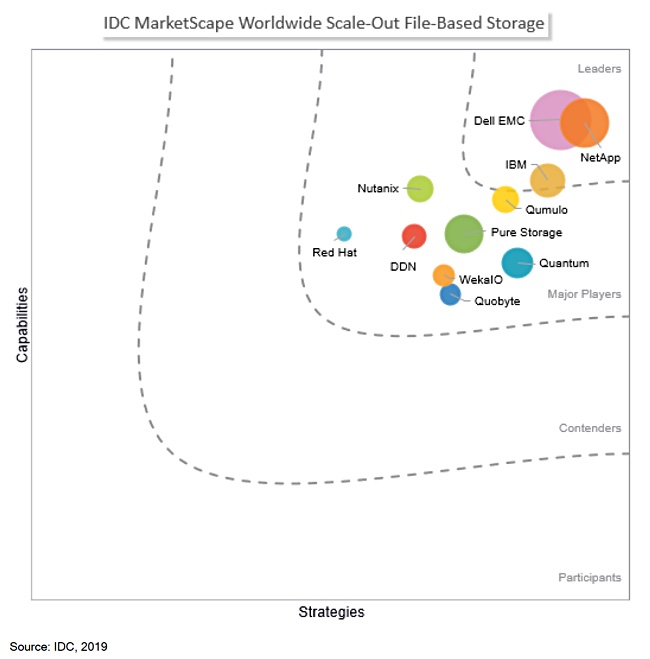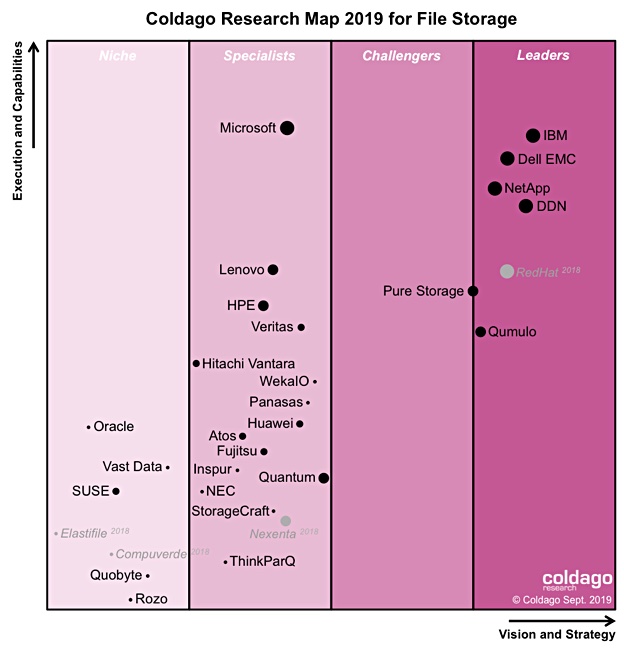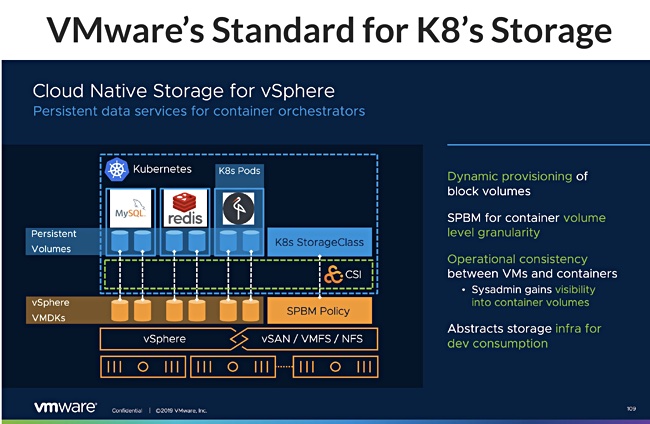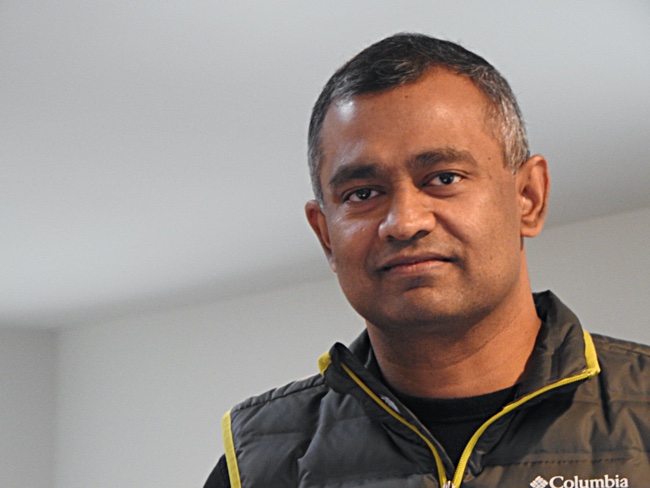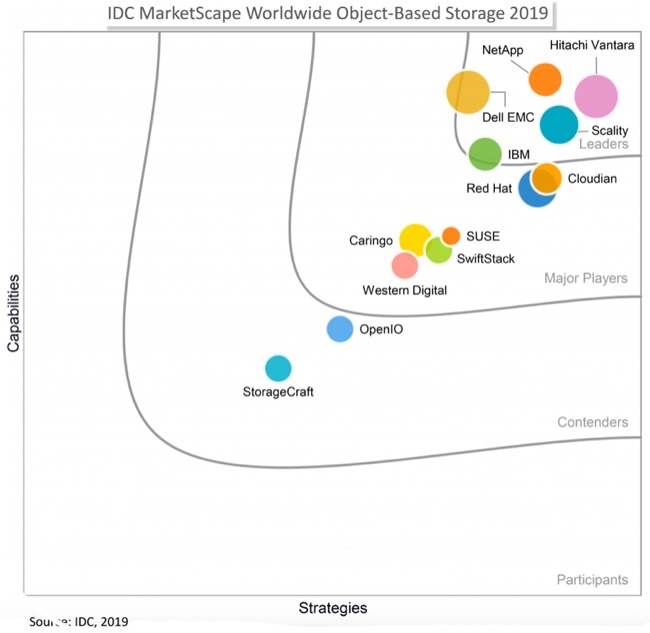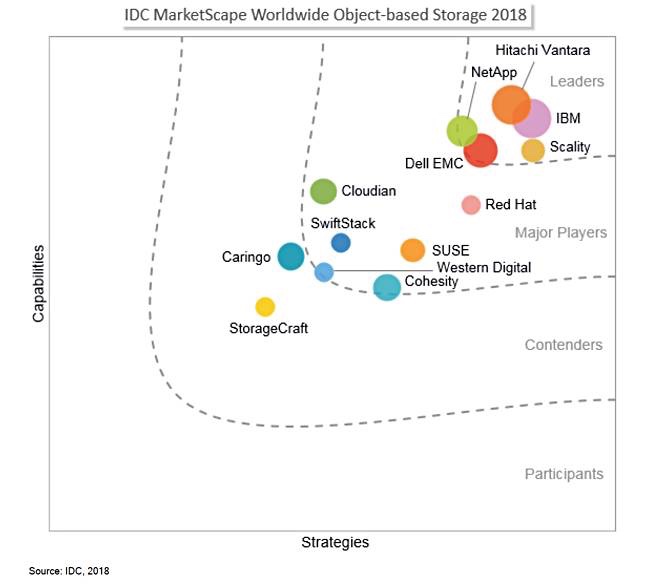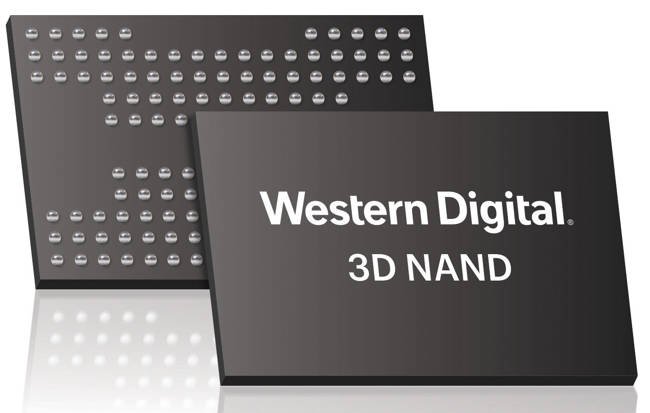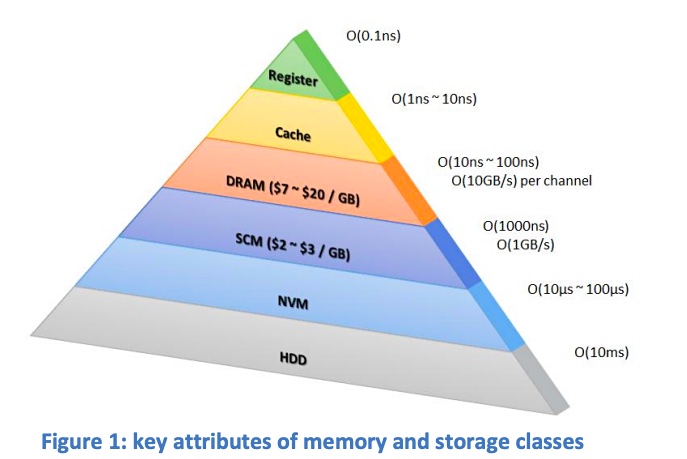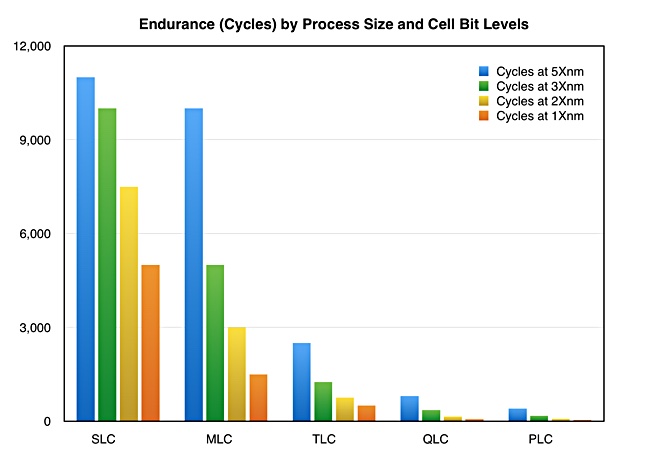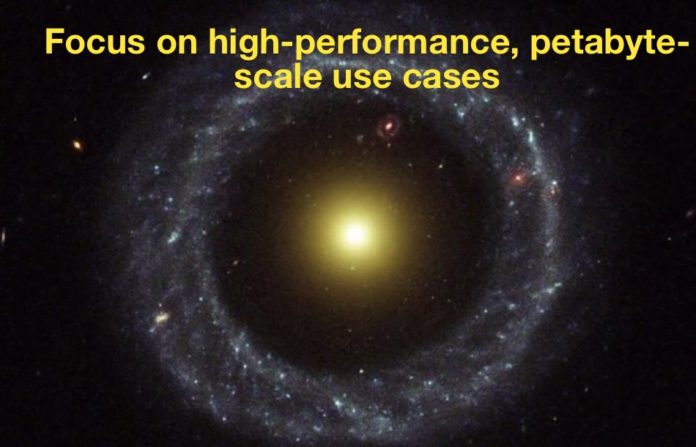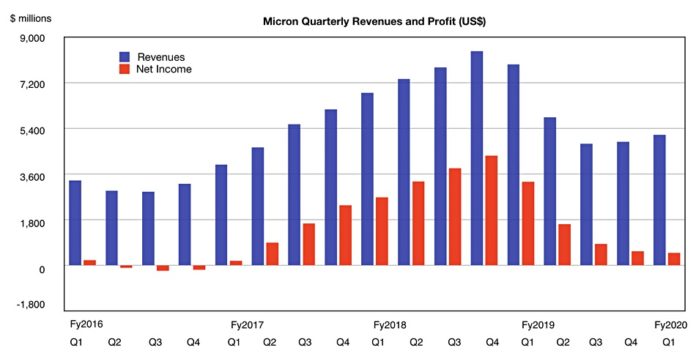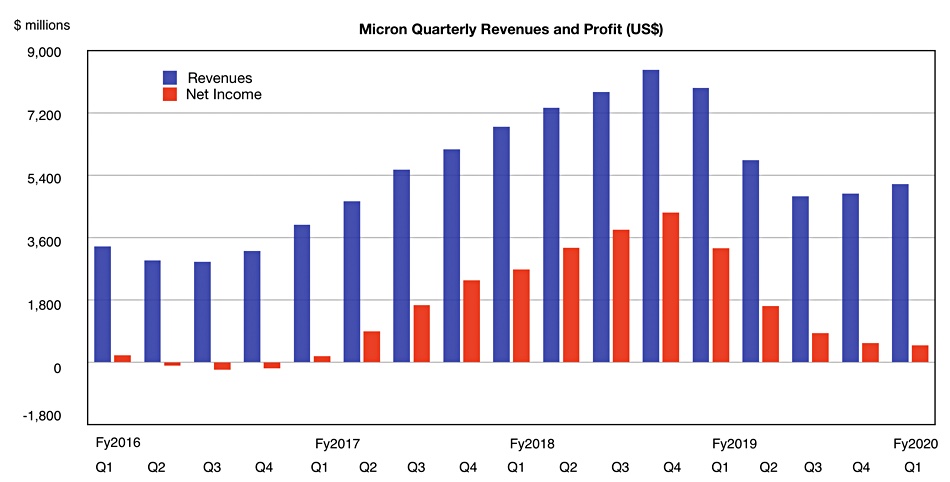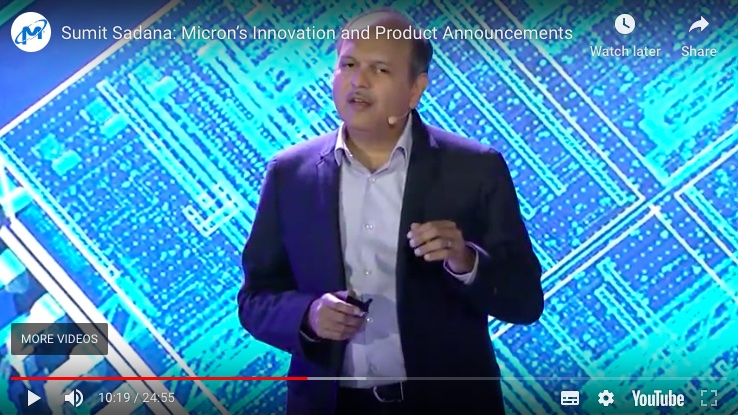Samsung’s Stellus Technologies is preparing to step out of stealth. Its LinkedIn entry states: “We are officially one month away from unveiling our revolutionary Native File System for unstructured data to the world.”
We understand that to mean providing reliably consistent access latencies to enterprise unstructured data. But beyond that, little is known about its activities.
The company is running job ads for account executives in Media and Entertainment sectors and, secondly, the Life Sciences and Industrial Internet of Things (IIoT) sectors. Both mention working with Stellus partners. The Media and Entertainment post requires “Experience selling enterprise storage unstructured (File) data.”
Set up in 2016, Stellus is headquartered in Silicon Valley and has a development facility in Pune, India. LinkedIn records 52 employees. We can deduce more details about the company’s technology from its job ads, in which it describes itself as a “stealth company focused on solid state storage system technology for next-generation software-defined datacenters”.

One job opening exists for a senior software engineer skilled in file systems and object storage. It mentions the implementation of highly scalable, high-performance, distributed system software. Another ad mentions building the next generation object storage system for data centres. A further opening is for a staff software engineer in the NVMe area. These job requirements typically also mention file access protocols such as NFS, SMB (CIFS), and also LDAP.
The ads also mention experience working with open source server-side software such as ZeroMQ, RocksDB, Ceph, Elasticsearch, and Key/Value (KV) stores is highly desired. RocksDB is a key:value-based store. Keep this point in mind.
Guessing game
Samsung manufactures DRAM, NAND chips and SSDs. We don’t know if Stellus is developing intelligent NVMe SSDs that are file access, object storage drives or storage arrays using its SSDs, and providing file access to object storage; unstructured data.
In a sense, customers can use any enterprise hard disk drive or SSD for storing unstructured data. The drives are simply incorporated into file and object storage systems. Blocks & Files believes Samsung’s notion is to implement the file and object storage in the drive by adding a CPU + DRAM + software.
Seagate first tried this in 2014 with its so-called Kinetic disk drives – which failed to take off. Samsung is trying again with SSDs.
In September last year Samsung revealed a Key:Value store SSD development. This has an object-like storage scheme on the drive and the company showed a demo in action using RocksDB. Pair this point with the RocksDB and Key:Value items above and Blocks & Files is shooting for a KV SSD featuring file access to an underlying object store.



